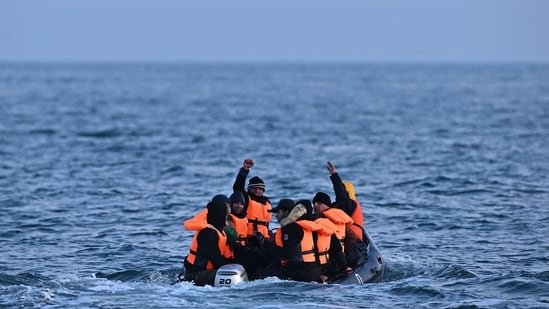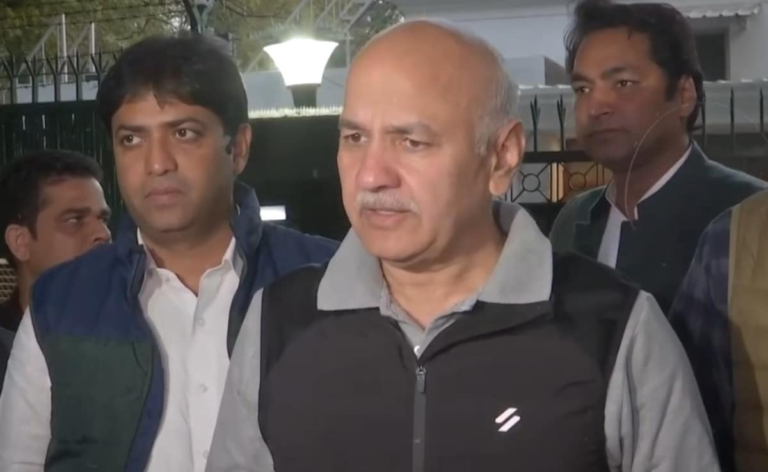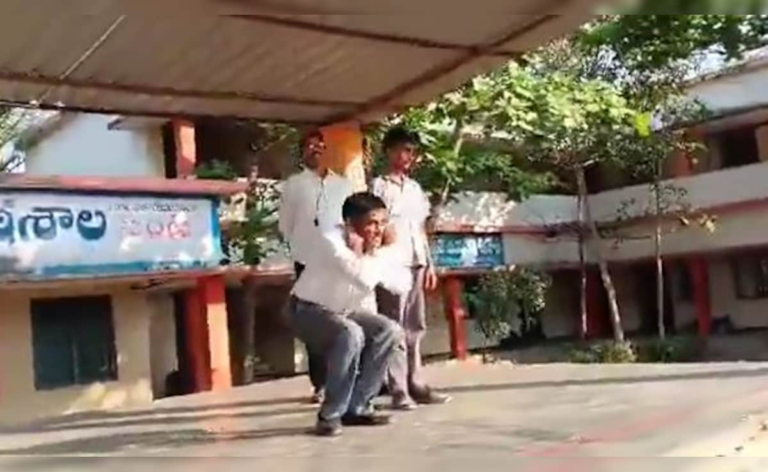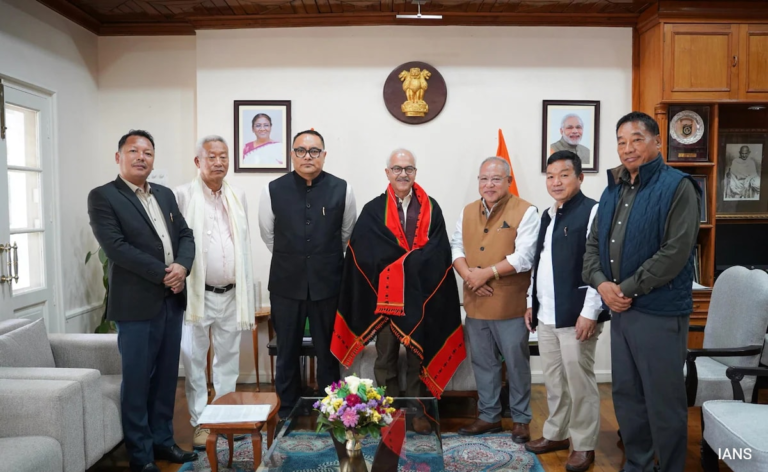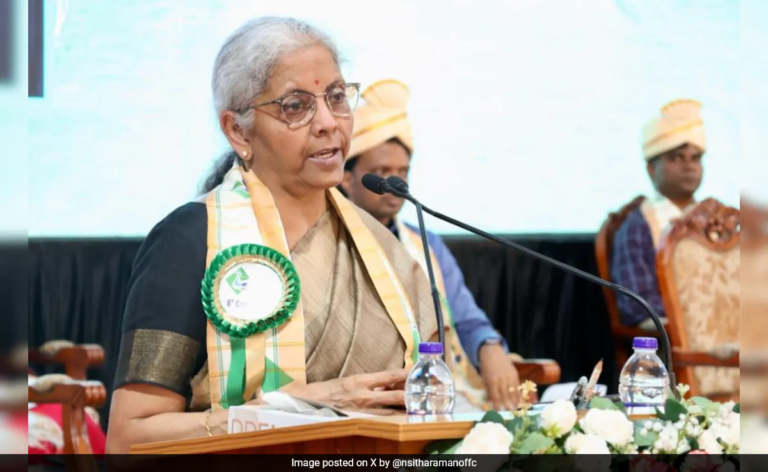Pakistan appears set for a new coalition government to be led by former premier Shehbaz Sharif, whose PML-N party has emerged as the single largest entity in the National Assembly and will be backed by the Pakistan People’s Party (PPP) and a motley bunch of smaller parties that have usually been corralled by the military establishment to support candidates of its choice. That the PML-N isn’t in a strong position is obvious from three-time former premier Nawaz Sharif’s decision to withdraw from the race in favour of his younger brother. Though senior PPP leader Asif Ali Zardari may be headed for a second stint as president, his party has astutely decided not to take any ministerial positions, while supporting the coalition to help Pakistan cope with its challenges.

Such a coalition will immediately have to confront the challenge posed by independent candidates backed by Imran Khan’s Pakistan Tehreek-e-Insaf (PTI) party, who have almost 100 seats in the 336-member National Assembly. These candidates were successful in the election because voters, especially the youth, wanted a change, and there are growing murmurs of protests by the PTI which will benefit from Khan’s cult-like status. Khan’s continuing defiance of the army will further burnish his standing among PTI supporters and pose a headache for the next government. The upcoming government in Islamabad will hardly be in an enviable position when it comes to tackling Pakistan’s economic backsliding, deeply polarised polity and society, and fragile security situation. Such a government will also be unlikely to provide the political stability for making a fresh beginning in the currently non-existent relationship with India.
Continue reading with HT Premium Subscription
Daily E Paper I Premium Articles I Brunch E Magazine I Daily Infographics




